The desert has a number of threats to pets – especially during the summer.
But common sense and familiarity with potentially dangerous insects, arachnids, reptiles and lizards can help protect the health of pet dogs and cats.
Most arachnids and insects are nontoxic, but exposure to the following species can mean severe allergic reactions. Know that if you take your dog out to the Sonoran Desert, there are location-specific arachnids, insects and animals which can cause more serious risk – for humans, too.
Here’s what to look for:
Sonoran Desert Toad
The Sonoran Desert toad is a toxic species found in the Sonoran Desert environs. Seen most often near a source of water, it comes out after mid- to late-summer monsoons.
These toads live under the soil during most of the year and are commonly seen above ground after the heavy rains of monsoon. The Sonoran Desert toad secretes a toxin from skin pores that causes sudden cardiac or neurological symptoms, such as excessive drooling, weakness, tremors and seizures.
Secreted from glands above each shoulder and from additional glands on the front and rear limbs, its toxin has a hallucinogenic effect on people who ingest it. These smooth-skinned toads are about 3-7 inches long.
Dogs are more curious and likely to be exposed to the frogs than cats. The toxin, which can be absorbed through the mucous membranes, is more potent when swallowed. For pets that have been exposed and are acting normally, flush out the mouth with large amounts of water, angling the stream toward the nose.
But seek a veterinarian immediately if your pet is showing any abnormal signs. If you see these toads in your yard, remove the toad from the yard – with gloved hands. And pools should be cleaned before pets and humans are allowed to swim.
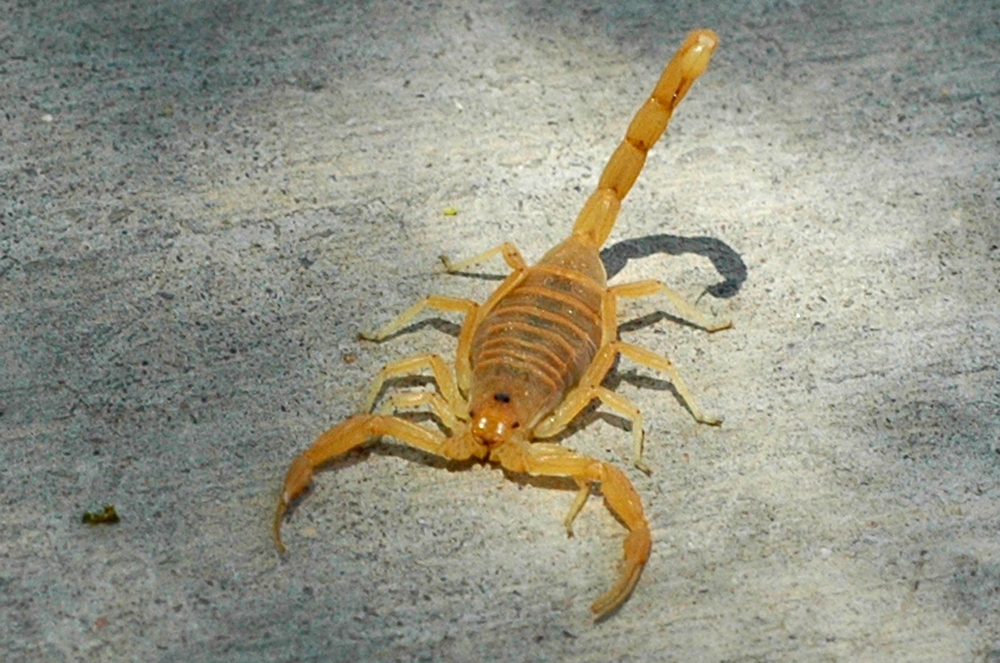
This is the time of year when scorpions can find their way into the yard and home, Their stings are generally nontoxic, but most scorpion venoms have not been analyzed. A scorpion’s toxin is meant to be deadly to its prey, usually other insects. Those stung by a scorpion will likely feel excruciating pain initially, with some lingering redness and swelling.
Severe envenomations can result in more systemic signs such as anxiety, pain extending to other areas of the body and an increase in body temperature.
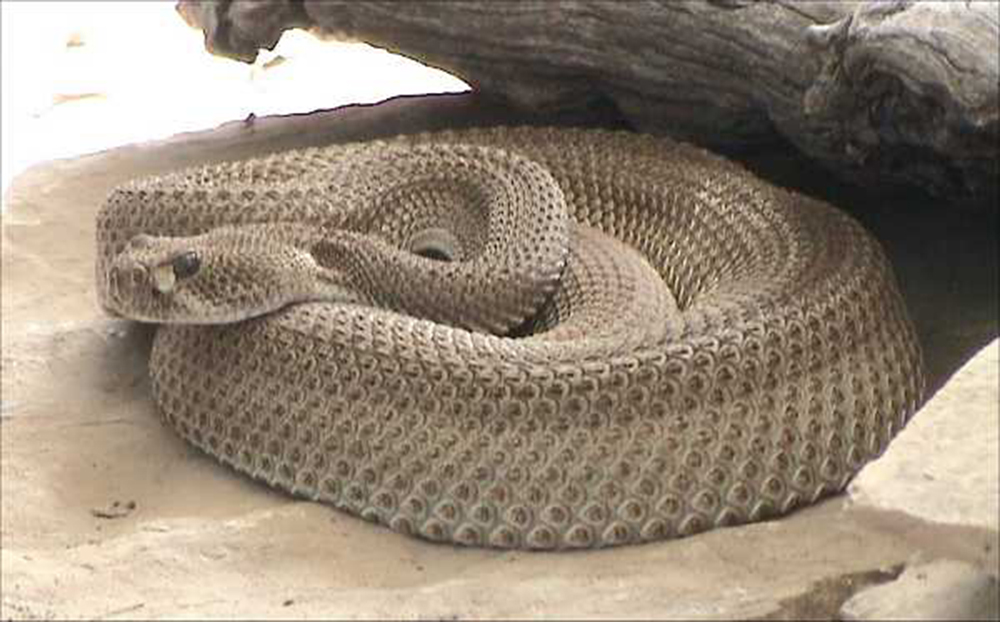
In and around Maricopa, two main varieties of rattlesnakes are likely to be encountered: the Western Diamondback Rattlesnake and the Sonoran Coral Snake. The Western Diamondback can get aggressive when angry. The Sonoran Coral Snake is very shy but highly venomous. Both snakes are attracted by shelter, water and a supply of rodents.
If you see a rattlesnake nearby, move away slowly and deliberately. Back away until you get to a safe distance. Usually, the snake will hold its ground or back away from you at the same time. A rattlesnake isn’t likely to chase you. If it moves toward you, it’s looking for a safe spot in your direction. Pets should be restrained until the snake has moved on.
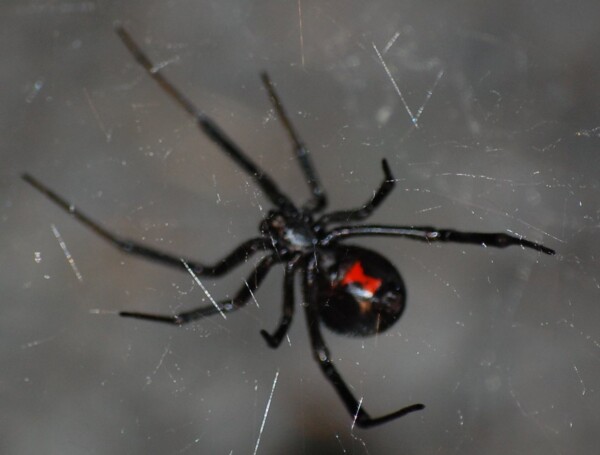
Black Widow
This spider is a common ins arachnid found around most homes. The male of the species is generally less toxic than the female and about 20 times smaller than the female.
The female Black Widow is black in color with a red/orange hourglass pattern located on the bottom of the abdomen. The spider can regulate the amount of venom in each bite, and about 15 percent of bites to humans do not contain any venom.
Cats tend to be more sensitive to the bite while dogs are more resistant. The bite and envenomation can be life-threatening to companion animals.
A bite means severe pain at the bite site, paralysis and stiff abdomen. It can take up to about eight hours for these signs to manifest. In cases of known Black Widow bites, an antivenin is the primary form of treatment. It should be administered within a half hour of being bitten.
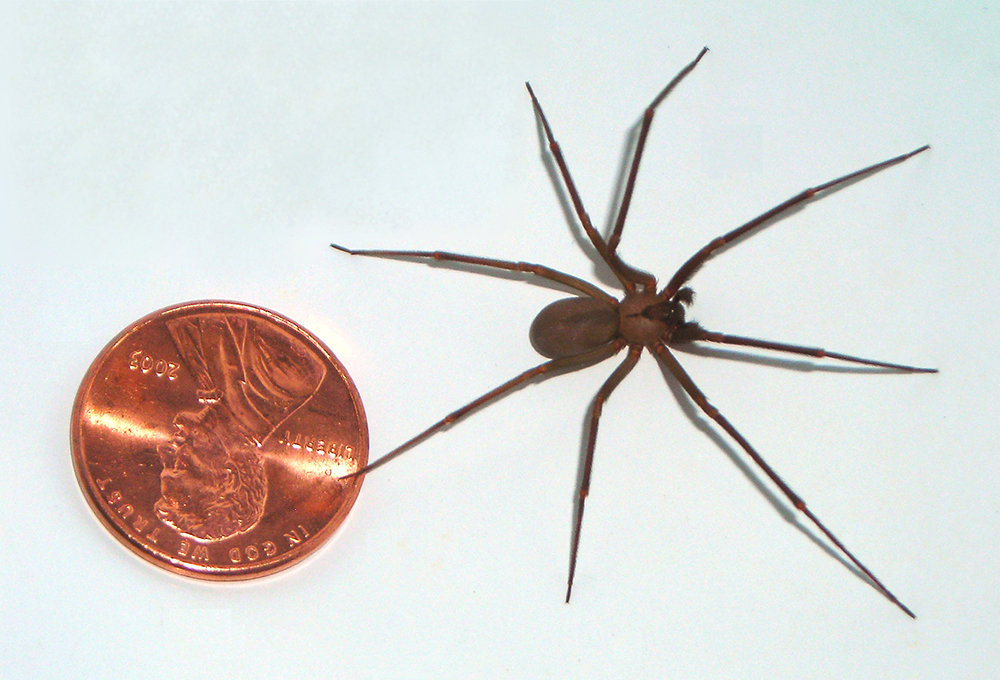
About the same size as the Black Widow, this spider is brown with a darker colored pattern on its back in the shape of a violin. These spiders generally live in dark, enclosed areas.
A bite is typically less toxic than the Black Widow’s. In severe envenomations, however, the effects can be much worse. The bite tends to be less painful, and in mild envenomations the pet may not notice being bitten. In more severe cases, the toxin can cause death of the tissue surrounding the bite and even cause signs of shock. Tissue death may not be seen for several days. Treatment varies greatly for each patient and depends on the severity of the signs.
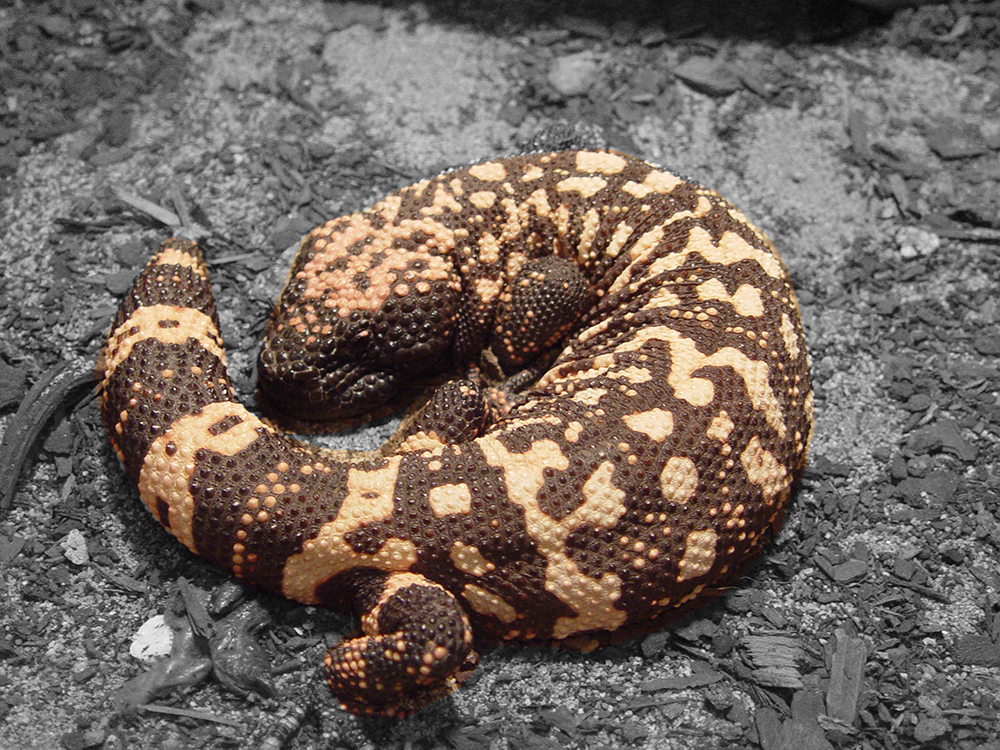
The largest lizard in the United States, these venomous animals weigh about 2 pounds and can reach a length of 20 inches, including its tail. Their venom is considered about as toxic as that of a Western Diamondback.
They are slow creatures that spend most of their time underground. Most active in the spring, they burrow into the ground during the hottest months of the year but emerge during the monsoon season in late July and August. They appear strong with a stout snout, massive head and “little”-appearing eyes, but rarely bite humans.
——–
Correction made 06/12/2023 We incorrectly identified Black Widows as insects. Spiders are arachnids, not insects.

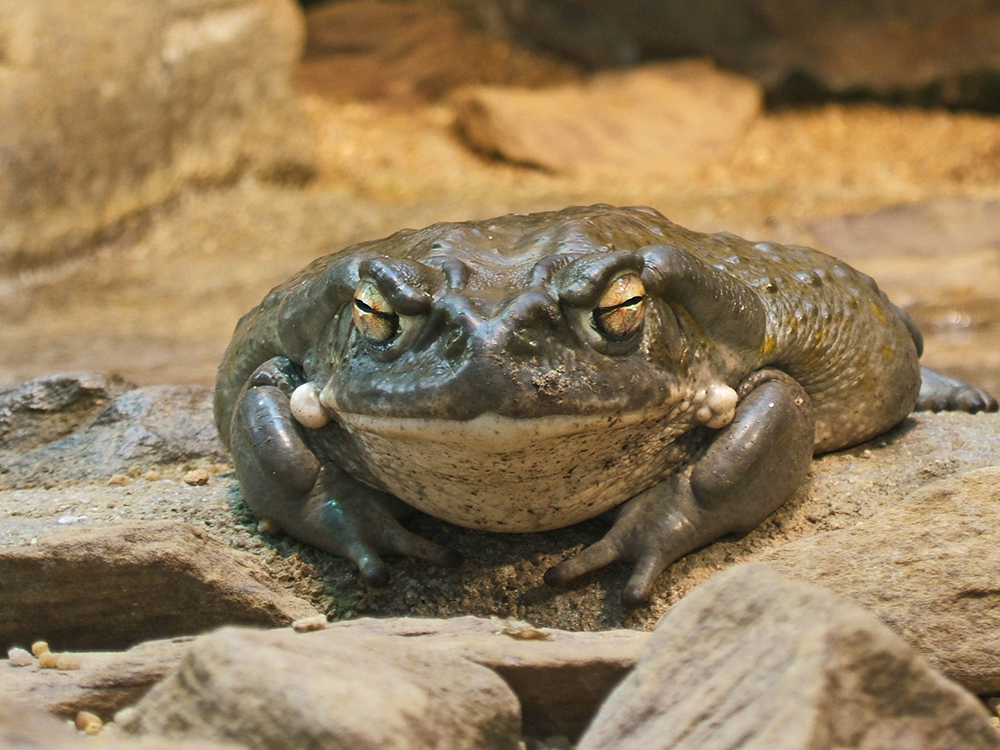
![Affordable apartments planned near ‘Restaurant Row’ A blue square highlights the area of the proposed affordable housing development and "Restaurant Row" sitting south of city hall and the Maricopa Police Department. Preliminary architectural drawings were not yet available. [City of Maricopa]](https://www.inmaricopa.com/wp-content/uploads/2024/04/041724-affordable-housing-project-restaurant-row-218x150.jpg)












![Affordable apartments planned near ‘Restaurant Row’ A blue square highlights the area of the proposed affordable housing development and "Restaurant Row" sitting south of city hall and the Maricopa Police Department. Preliminary architectural drawings were not yet available. [City of Maricopa]](https://www.inmaricopa.com/wp-content/uploads/2024/04/041724-affordable-housing-project-restaurant-row-100x70.jpg)


